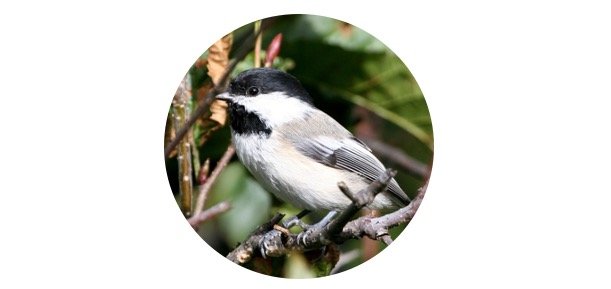Utah State Bird: Description, Pictures, & Fun Facts
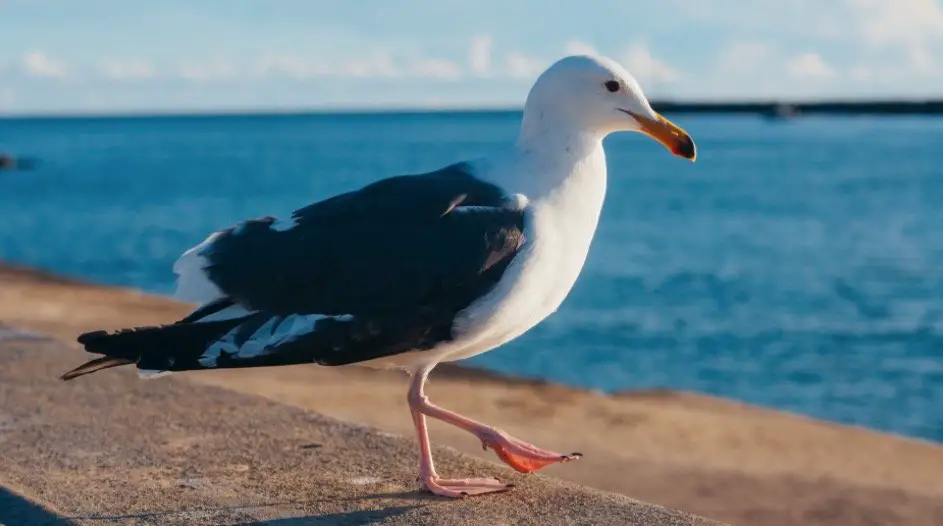
Table of Contents
Utah State Bird: All You Need To Know
Utah is the 30th most populated state in the United States and the 13th biggest by land area. Utah contains a diverse range of environments ideal for birds and animals, ranging from sand dunes to pine forests in mountain valleys. The Rocky Mountain Elk is Utah’s official mammal, but what is the Utah state bird?
In 1955, the beehive state of Utah designated the California seagull (Larus californicus) as its official bird. The pure white bird with grey wings and a black tail puts on a majestic display by the lake, in a grassy yard, or in a park. The bird’s feathered Sunday suit gives it a well-dressed, refined appearance.
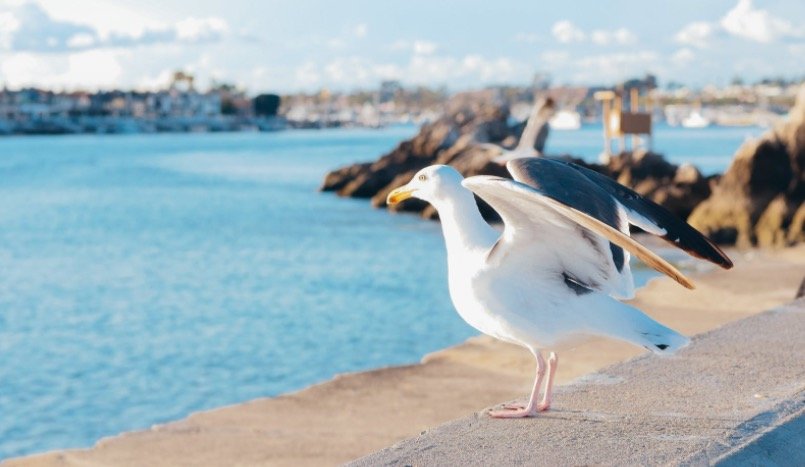
Why is California Gull Utah State Bird?
The simple California gull rescued the state’s people in 1848. A swarm of Rocky Mountain crickets infested the state that year. Crickets started consuming all of Utah farmers’ crops, devastating the local food supply at a period when food was transported by train car or horseback.
The bird swooped in and devoured the bugs, saving the state. They ate the pests, preserving the remaining crops as well as the state’s food supply.
When did California Gull become Utah State Bird?
On Valentine’s Day, February 14, 1955, Gov. J. Bracken Lee signed House Bill 51 into law, which became Utah Code 63-13-9. What a wonderful way to send a Valentine’s Day card.
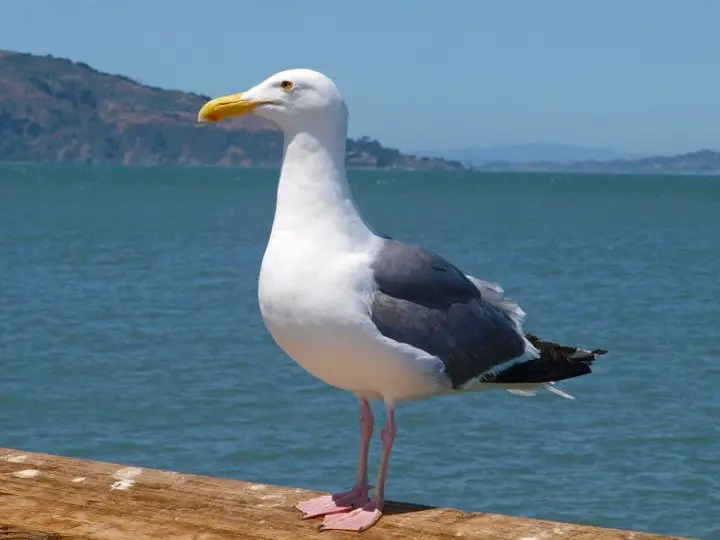
What does Utah State Bird look like?
The California gull resembles the Herring Gull and the Ring-billed Gull in appearance and size. The bird’s breast and upper body are white, while its wings are light grey. These birds often have a yellow beak with a black tip.
The California gull is 18 to 22 inches long from head to tail. Its wingspan varies between 48 and 51.2 inches. These huge birds are heavier than typical birds, weighing between 15.2 and 36.9 ounces.
Behavior of California Gulls
The swift California gull, built for flight, forages on coastal and lake coasts as well as inland. They are known for their power and dive into the water to seize anything in flight. This gull, not one to back down from a street brawl, will forage or fight on foot.
These gulls nest on islands where there is minimal human activity and little vegetation. They are drawn to levees, inland lakes, and rivers. They do not forage like other birds. Rather of pecking at the ground, these avians search for food in rubbish dumps and parking lots just as much as they do in scrub fields and pastures.
They also graze in orchards and fields, which is how they saved a whole state from hunger in the 1800s. The subspecies that breeds in the western United States’ Great Basin is smaller and darker than those that breed in the Great Plains. It’s a complicated process when they breed.
They begin by attracting the attention of possible partners. They then feed their preferred partner to woo them. Furthermore, they also engage in choking, which involves expanding the neck and holding it in an S form with their breast directed to the ground.
To demonstrate his manliness, the guy does head tosses and neck stretches. He also uses mating noises in his tweets. When the gulls come together, they have a brood.
They may only have one brood every season. A normal brood consists of two to three eggs. On the exterior, eggs are grey or dark brown. Incubation of the eggs takes between 23 and 27 days. When they hatch, the parents have 45 days to raise them until they reach the fledgling stage.
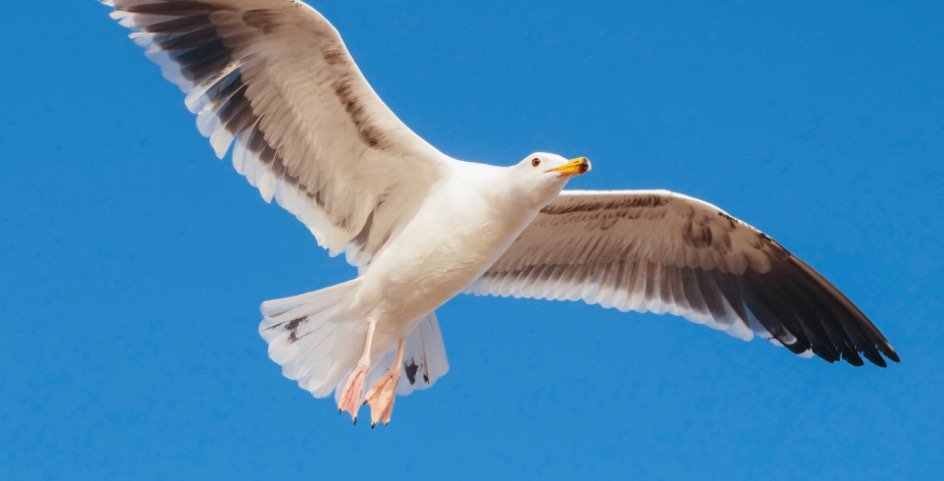
Do California Gull form communities?
California gulls nest in colonies, sometimes in collaboration with other species. Sticks, rubbish, dried plants, and feathers are used to construct small nests in ground depressions.
They stretch from Canada to the United States’ heartland. These long-lived birds may live for up to 24 years and 11 months. According to USGS banding data, this is the oldest known gull.
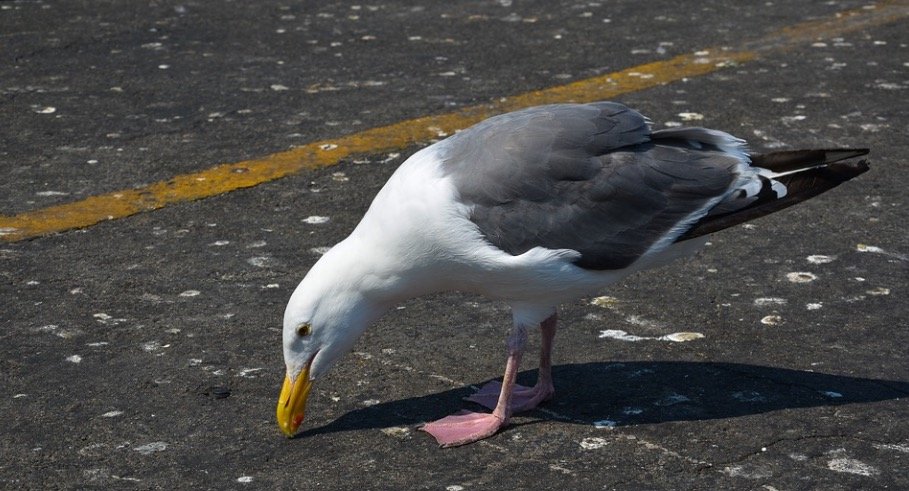
What do California Gull eat?
California gulls like eating shellfish. It’s perhaps not surprising given where they’re from, but these gulls really fish. They do the same thing on Utah’s lakes as they do on the Pacific coast — they dive bomb the waterway.
When these gulls go to California, they consume entire fish and a variety of shellfish. They will devour dead animals washed up on Utah’s lake shores. They consume fruit, cereals, and insects as well. Earthworms and snails are also part of their diet.
These birds like eating crabs when they are near the shore. They will also consume small animals, reptiles, and excrement if required.
These birds will consume everything that isn’t too large to fit in their mouths as a survival forager with a multi-decade life span. You don’t live to be almost 25 years old as a bird unless you have some significant survival abilities.
California Gulls’ IQ
While no one has evaluated these birds’ intelligence in a strict sense, their behaviour demonstrates their intelligence. Humans are usually thought to be the only creatures capable of making tools, yet the seagull has also evolved such abilities.
Rather of making tools, they created methods to employ materials found in nature as tools. Gulls, for example, may catch a snail in their beak and then fly over jagged rocks, dumping the mollusc onto the rocks. As a result, their hard shell cracks open.
They swoop down and consume the marine creature inside. They also practised miming. By pounding their feet on the ground, the gull learnt to simulate the sound and sensation of pouring rain. This deceives earthworms into believing that rain is pouring.
They rise to the surface in search of moisture, and the gull devours them. Gulls may pass on their knowledge to their offspring. Gulls recall all of this information and intuitively understand that their babies aren’t born knowing it. They teach them various tricks such as the mollusc trick and the stomping ground trick.
